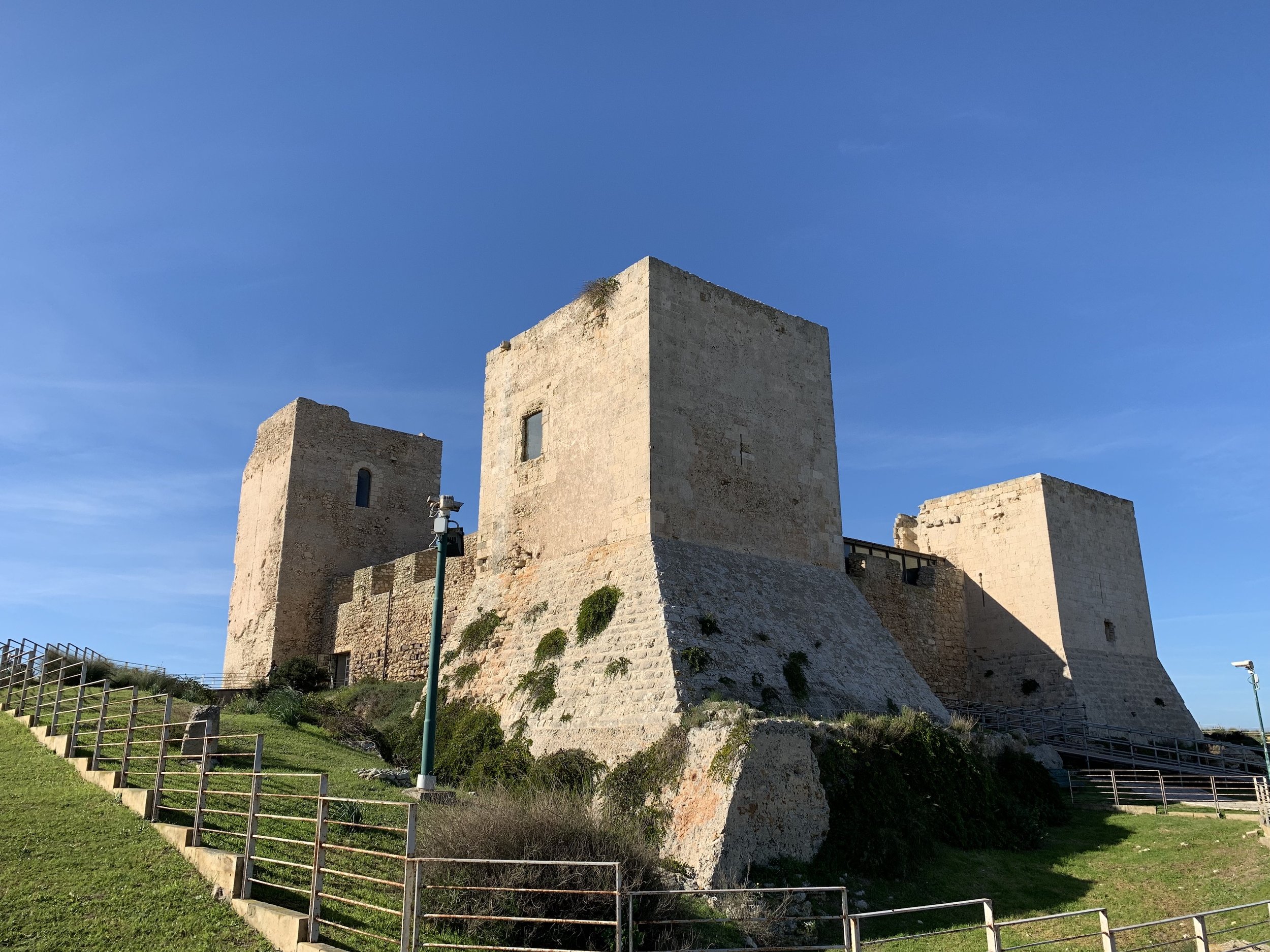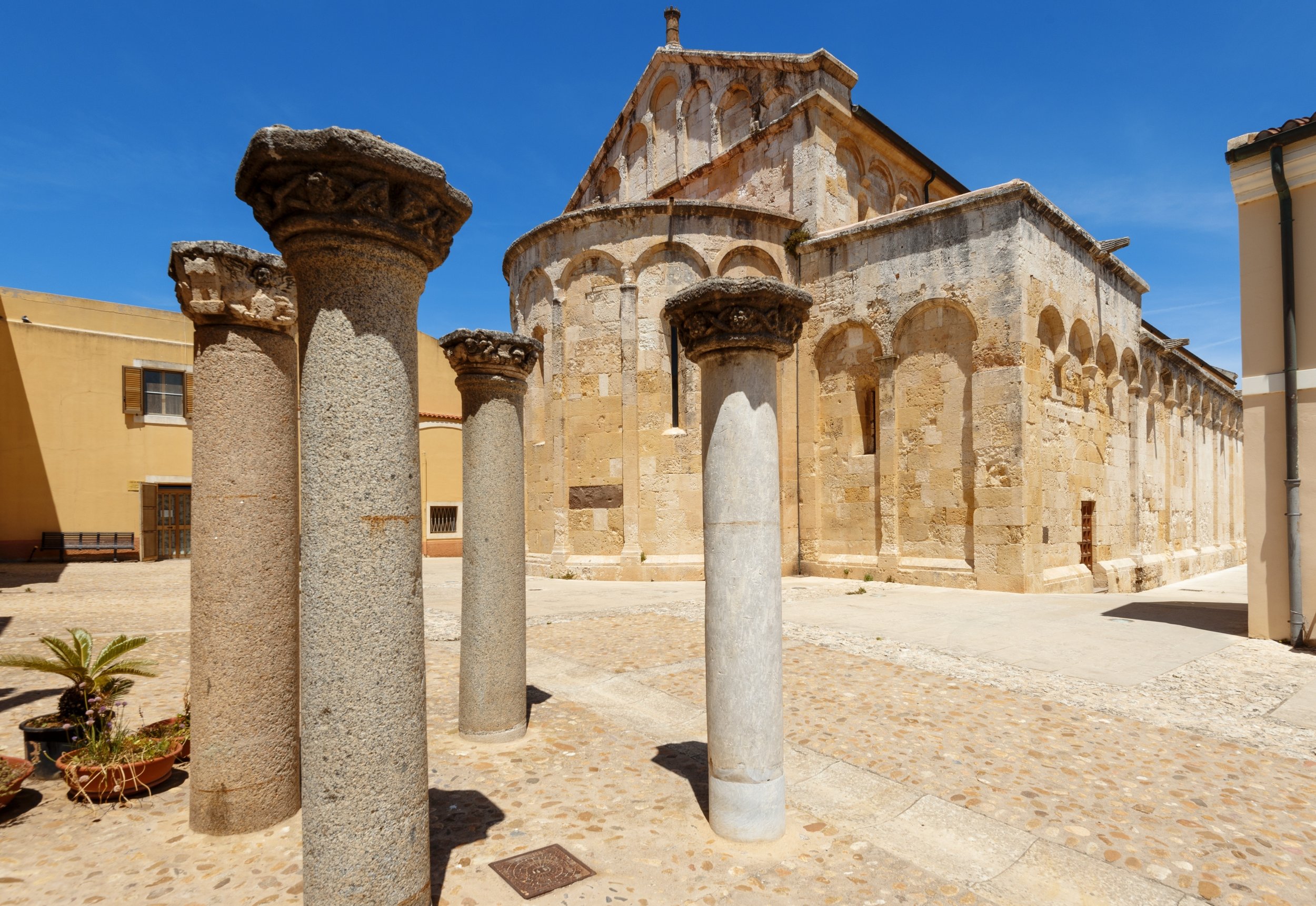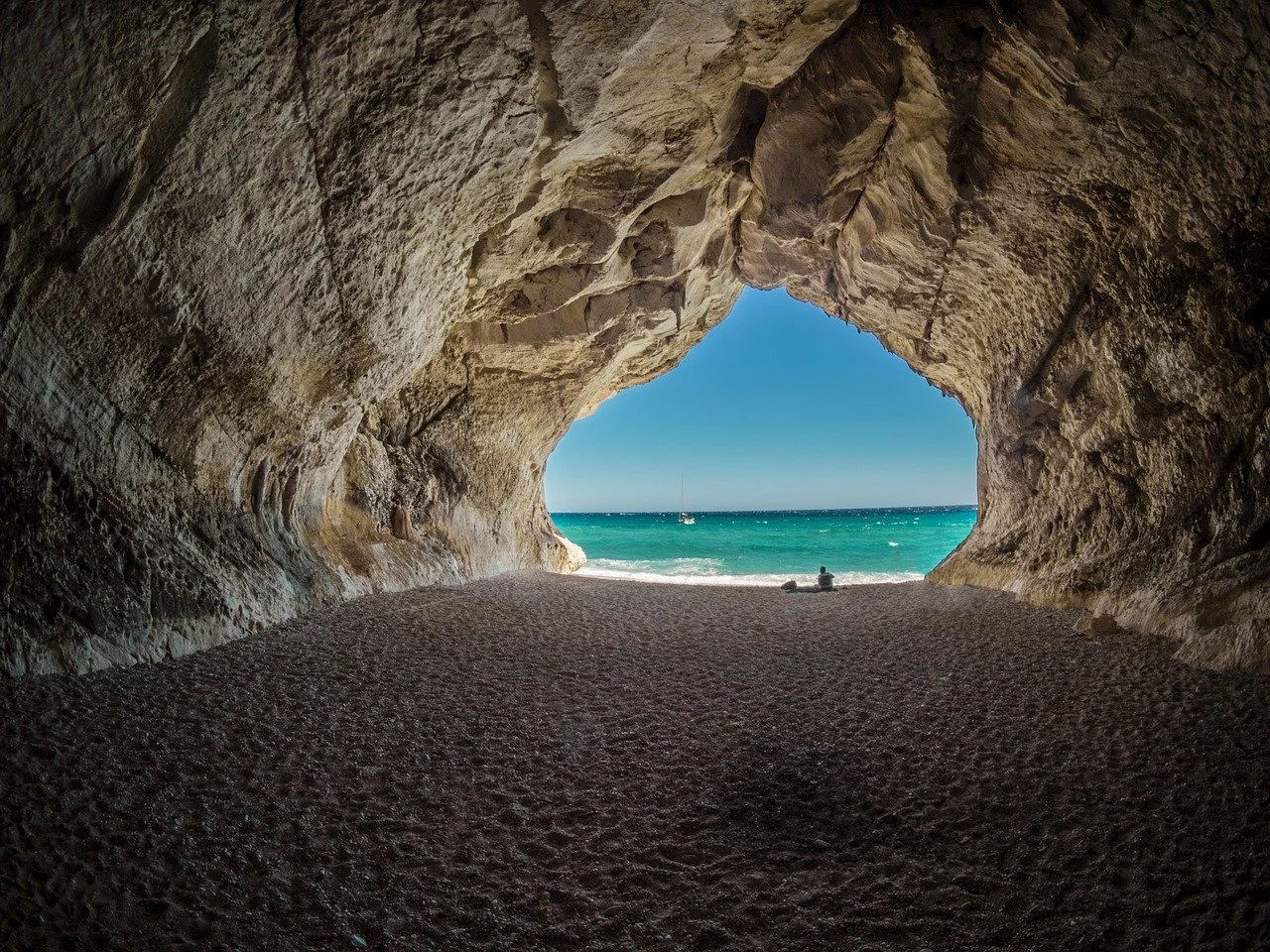ART AND CULTURE
From Churches, to historical sites, there is plenty culture to explore in Sardinia.




-

Santa Maria Navarrese
The church of Santa Maria of Navarra, dating from the eleventh century, and the Spanish tower, built in the seventeenth century to guard the coast, represent the historical memory of the town. Under the shade of pine trees and dominated by the tower, the terrace overlooking the gulf offers a view of the marina to be enchanted by. The legend attributes the name of the ancient church to the princess of Navarra who ordered its construction to express her gratitude to the Virgin Mary.
-

Cala Gonone
History and archaeology, traditions and craftsmanship, gorgeous seas and the mountain wilderness of the Supramonte, covered in a mantle of fragrant woods, will guide you into a magic legendary world. At the archaeological museum, where relics from the Nuragic Age and from the Punic and Roman eras are on display.
-

Castelsardo
An ancient medieval fortress, featuring Doria castle, which overlooks the sea and has a deep-rooted history as a defensive fortress. It is the 5th largest city of Sardinia. Alghero is the island’s main harbor town, is the Capital of the Coral Riviera. Alghero is famous for its fine coral, which is used locally with gold to make every manner of adornment.
-

Porto Torres
Porto Torres is the result of two millennia of history, as told by archaeological treasures and monuments, embellished by the wild nature of Parco dell’Asinara. This town has a glorious Roman and Medieval past, adorned with naturalistic and cultural attractions.
-

Nuraghe Santa Barbara
Is one of the largest and best preserved monuments of the Bronze Age in central Sardinia. The nuraghe Santa Barbara – namesake of that of Macomer – is located in Tanca sa Cresia, in the territory of Villanova Truschedu, a small village twenty kilometers from Oristano.
-

Nuraghi
The places chosen to erect them, from the smallest to real palaces, as well as responding to practical needs had to have a transcendental scope. It is no coincidence that the nuraghi are located near other megalithic monuments of previous times linked to spirituality, such as domus de Janas, menhirs and dolmens. Still others dedicated to worship will be built nearby, sacred wells and tombs of Giants. They are special places where you walk among large stones with a light spirit, it will be natural to feel the emotion of being inside a page of history and ancient civilization whose original symbol is the nuraghe, considered, not surprisingly, everyone's heritage.
-

Mont’e Prama
Once the statues were lined up to protect the necropolis along the road on the slopes of the hill of Mont'e Prama. Next to huge sacred stones and reproductions of nuraghi, the towers symbol of an entire civilization. Perhaps for the end of an era, perhaps for a historical, cultural and social upheaval that began at the end of the Bronze Age and continued in the Iron Age (950-730 BC), the statues were buried at the edge of the hill. So, fortunately, they have come down to us.
The 28 stone giants are the only stone statues that the Nuragic world has returned to us, as well as the oldest 'all-round' in the Mediterranean, dating back to three thousand years ago.
-

Castle dei Giudicati
They were erected between the eleventh and fourteenth centuries, housed military garrisons and sometimes were also noble residences. Lost the defensive function, slowly they were abandoned: many have been lost, others are now fascinating ruins immersed in the harsh landscape of Sardinia, many have come to us almost intact.
-

Castle di Serravalle or dei Malaspina
From the hill of Serravalle overlooked Bosa: from here you watch the Temo valley, navigable to the sea. Little has changed since the twelfth century, when the castle of the Malaspina nobles was built: the structure is almost intact, and the village maintains the medieval charm of its history intertwined with that of the castellans. It tells of the obsessive jealousy of a marquis who built an underground passage so that his beautiful wife could reach the church away from prying eyes.
-

Castle di Burgos
From the top of a rocky peak, the castle dominates the village of Burgos and the whole territory of Goceano, rich in ancient woods, today naturalistic oases. The inhabitants of the fortress lived within its walls troubled events, from the sad stories of two beautiful women, Prunisenda, wife of the judge Constantine, and Adelasia, last queen of Torres retired to the castle in exile, to those of William of Cagliari and Don Blas of Aragon, their ghosts seem to still wander among the ruins.
-

Marmilla Castle
Its name derives from the myth, Mother Nature ensured nourishment to the people through its udders, that is the sweet and fertile hills of Marmilla. At the top of the most beautiful and perfect hill, the one overlooking the small village of Las Plassas, with an innovative digital museum to immerse yourself in the daily life of the Middle Ages.
-

Castle of San Michele
From up there the view was so beautiful that the Aragonese renamed it Bonvehì. On the hill of San Michele there was once a Byzantine church, then a Christian convent. On their walls the feudal lords built an imposing fortified manor, today given new life in the name of art, culture and nature. The restoration brought to light the ancient settlements and a network of tunnels that we do not know where they arrive, nothing strange for Cagliari, under its surface there is a parallel underground city.
-

Basilica of San Paolo
The Church of San Paolo is a Catholic Christian church dating back to the 18th century and is located in the historic center of the city, built on the highest point of Olbia. The church, entirely made of granite, has an austere bell tower which is joined by a poly chrome dome which gives it an evocative appearance. Originally it had a rectangular hall with an apse and three side chapels. However, many details of this church were lost during the extension works.
-

Basilica of San Gavino
A proto-Romanesque church in Porto Torres, Sardinia, Italy. A former cathedral, it is now a place for the veneration of local martyrs and a parish church.
-

Posada, Nuoro
Located in the Tepilora Regional Natural Park, one of the largest green areas on the island, Posada is a charming medieval village where time seems to have stopped. Perched on a limestone hill and cared for by Castello della Fava, Posada is one of the most beautiful villages in Italy. It currently has 3,000 inhabitants and relatively few tourists, considering the beauty of the place. In the background is Monte Albo and the valley that opens at the foot of the village gently slopes down into the crystal clear waters of the sea. The advice is to start walking through the narrow streets, enjoy the surrounding scenery and explore the ancient buildings.
